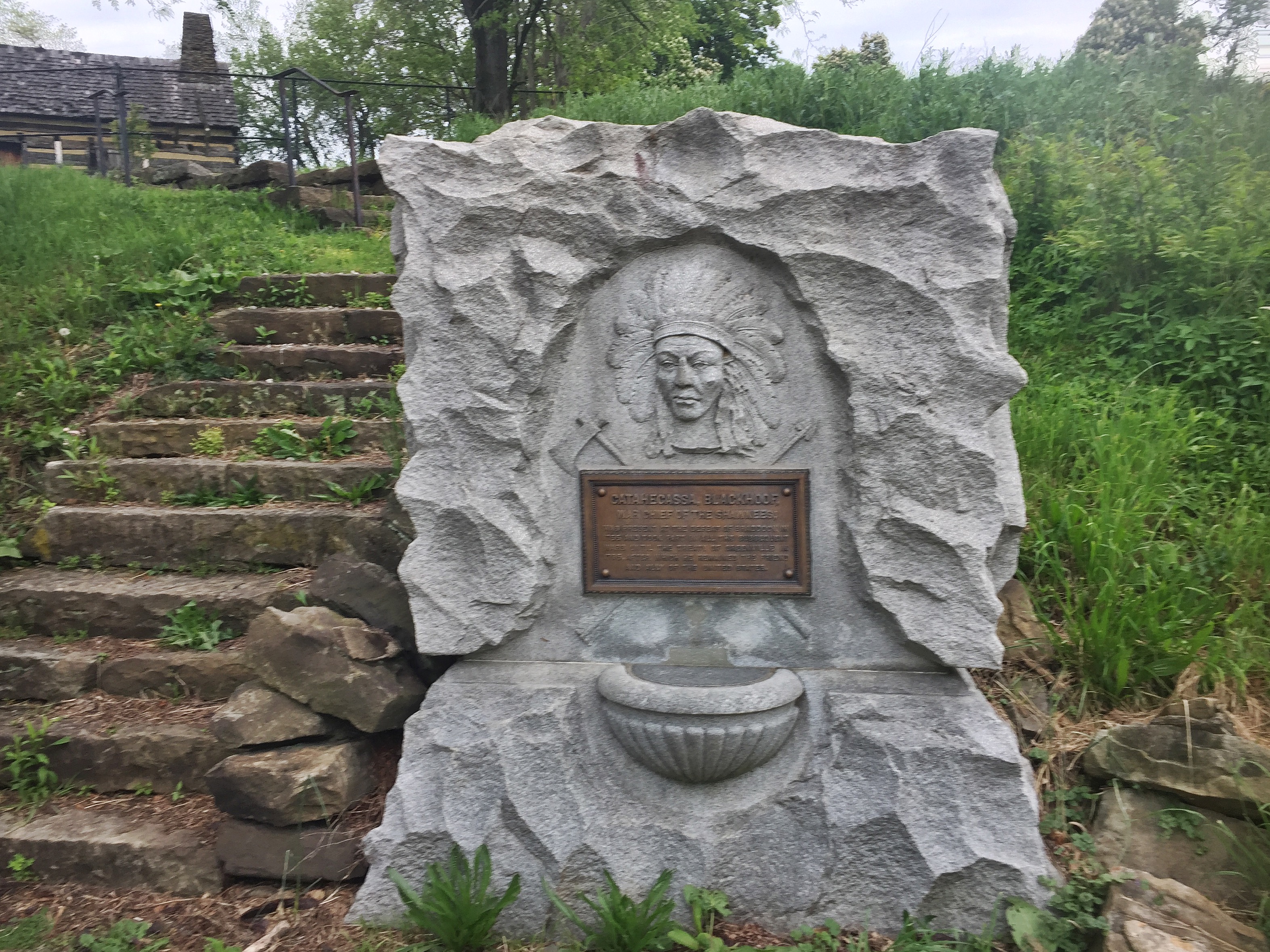Yesterday, when I was writing about the Catahecassa Springs in Schenley Park I was looking for the date that the Schenley Park ice rink was constructed. While I still don’t know when the Schenley Park ice rink was built, I learned about a building that I had never heard of before, the Schenley Park Casino. Since it is a hockey night in Pittsburgh, it seems fitting that our next post on historic preservation is about the building that hosted the very first hockey game in the City of Pittsburgh.

In 1893 construction began on an elaborate recreation building that was located on the site of what is now the Frick Fine Arts building, just across the bridge from Phipps Conservatory.
The Schenley Park Casino was one of the most elaborate sports and entertainment facilities in the world and it was the first place to have artificial ice, as well as the site of the first hockey game in Pittsburgh. The building opened to the public on May 29, 1895 and was used until it was destroyed by fire on December 17, 1896.
In researching the history of this building, I learned about the website PittsburghHockey.net which has a detailed page about the Schenlney Park Casino as well as every possible thing you might want to know about hockey in Pittsburgh.
From the PittsburghHockey.net page on the ice rink:
At ice level, which was below ground, the rink was surrounded with three rows of hardwood benches with red velvet cushions. Each end of the rink featured 10 dressing rooms smartly furnished with oil paintings and floor-to-ceiling tapestries. The rooms were owned by politicians and capitalists from the banking, steel, coal and railroad industries and were used for winter carnivals, skating expos and political rallies. In all, the Casino’s management added $140,000 in amenities beyond the original construction cost.
The other fact that really stands out about the Schenley Casino is the size of the place:
Upon entering the building, visitors walked in on a balcony that circled the skating floor 20 feet below. The balcony was 840 feet in length and could accommodate 12,000 people looking down on the skating floor. An article in The Pittsburg Press from December 1885 described a “friendly hockey match” between local hockey clubs in which 10,000 people attended.
For context, PPG Paints area has a capacity of 19,758 and the Igloo could seat 17, 181. To hold a crowd of 12,000, this had to be a large space.
More on the history of Hockey in Pittsburgh

Interior of the Casino, the first hockey team in 1895. This is the earliest known image of ice hockey in Pittsburgh. (Photo credit: Wikipedia)
The Pittsburgh Hockey history timeline on PittsburghHockey.net is quite extensive and provides a nice way to browse the history of hockey in Pittsburgh. The timeline really starts with the Schenley Casino and the first hockey exhibition that was played at the Schenley Park Casino on December 30, 1895. Leading up to the Winter Classic in 2011, the New York Times wrote a long article about the history of hockey in Pittsburgh, “Hockey Has Deep Roots in Pittsburgh“, December 30, 2010.
Here is a 2009 video from FSN that details the history of the Schenley Casino and hockey in Pittsburgh:
A few more links for information on the Schenley Park Casino:
- Stuff That’s Gone: Schenley Park Edition, Pittsburgh Parks Conservancy Blog
- From Schenley Casino to Forbes Field to Consol Energy – A Tale of Pittsburgh’s Sports Arenas, Dave DiCello Photography














